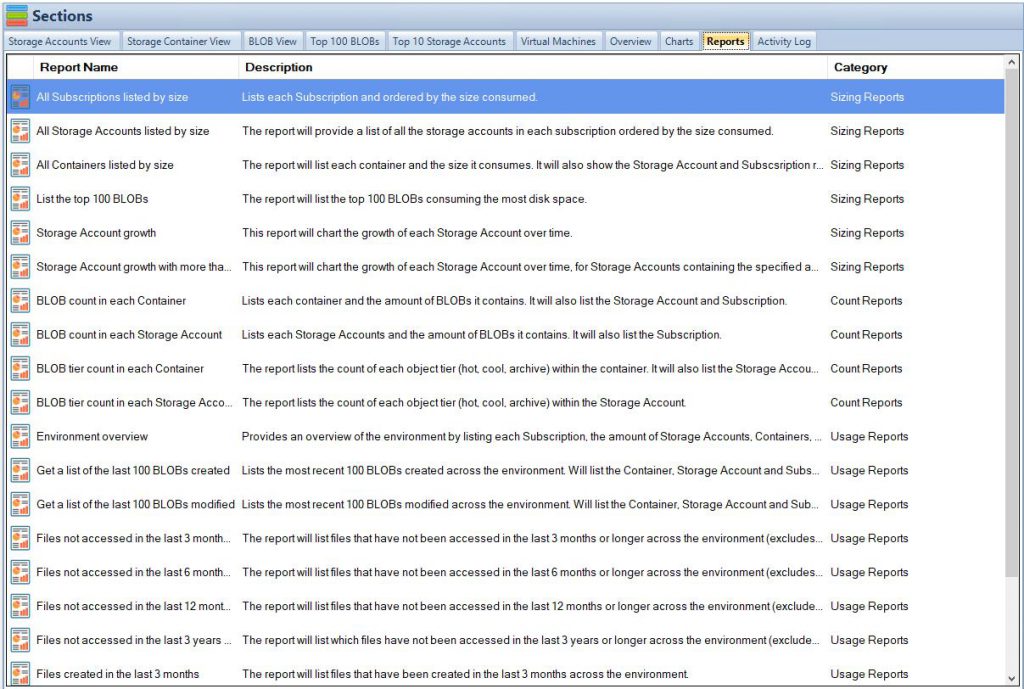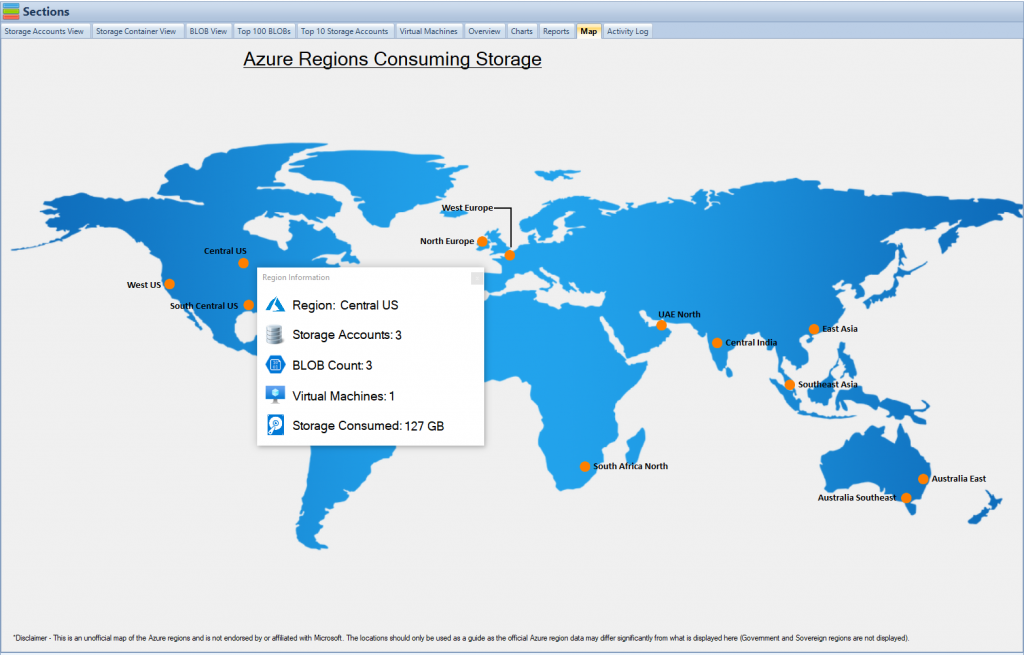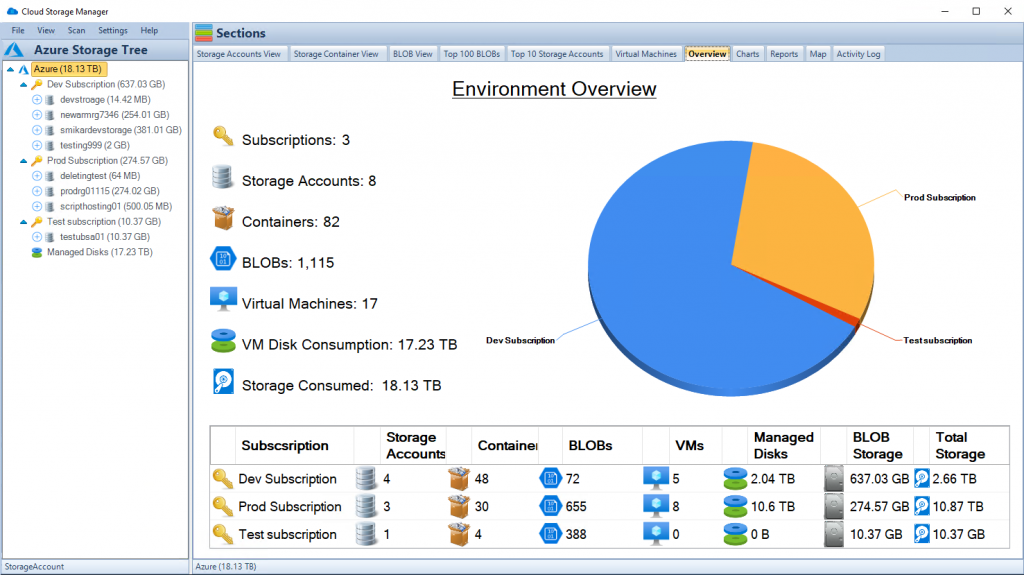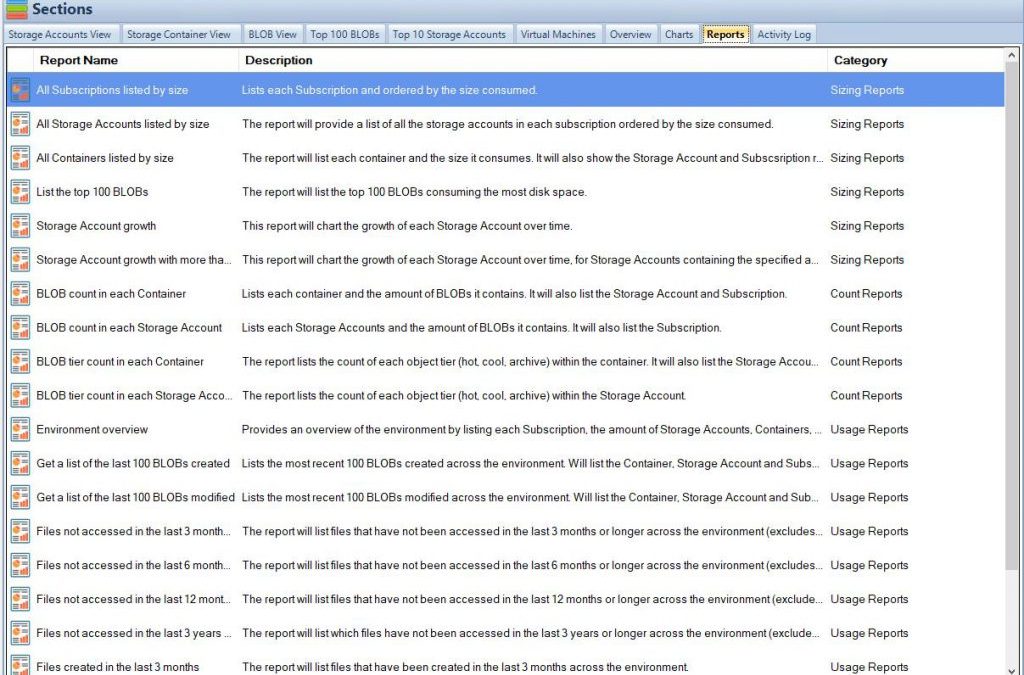Introduction
Microsoft’s Azure Data Lake Storage (ADLS) has been a vital component for organizations aiming to build scalable and secure data lakes. As technology evolves, transitioning from Azure Data Lake Storage Gen1 to Gen2 has become increasingly important. This article aims to guide readers through the essential considerations, detailed processes, and best practices involved in making this shift.
Brief Overview of Azure Data Lake Storage
Azure Data Lake Storage provides highly scalable and secure data lake functionality, allowing organizations to run big data analytics and provides massively parallel processing support. Gen1 offered an essential foundation, but with the advent of Gen2, users have more capabilities and enhancements at their fingertips.
Importance of Transitioning from Gen1 to Gen2
Transitioning from Gen1 to Gen2 is not merely an upgrade; it is a strategic move towards better performance, security, and cost-efficiency. Gen2 combines the best aspects of Azure Blob Storage and Azure Data Lake Storage Gen1, creating a more powerful platform.
Purpose and Scope of the Article
This comprehensive guide will delve into the nuances of both generations, compare them, and provide a step-by-step guide to transitioning smoothly and efficiently. Whether you are a technical expert or an executive considering the shift, this article offers valuable insights.

Understanding Azure Data Lake Storage Gen1 and Gen2
Features and Benefits of Gen1
Gen1 has been a robust solution, offering features such as:
- Scalability: Capable of handling large-scale data.
- Security: Integrated with Azure Active Directory for authentication and access control.
- Performance: Suitable for big data analytics.
However, limitations exist, including a lack of native integration with Azure Blob Storage and increased complexity in managing large volumes of small files.
Features and Benefits of Gen2
Gen2 enhances and extends Gen1’s capabilities:
- Improved Performance: Gen2’s architecture optimizes performance for big data analytics.
- Enhanced Security: Additional security layers and Azure Private Link support.
- Cost-Efficiency: Ability to leverage different storage tiers to minimize costs.
- Integration: Seamless integration with other Azure services.
Comparative Analysis
Comparing Gen1 and Gen2 reveals significant improvements in Gen2:
- Performance: Gen2’s hierarchical file system delivers better performance.
- Security: Gen2 offers more robust security features.
- Cost: Gen2 provides ways to minimize costs.
Why Transition to Gen2?
Transitioning to Gen2 ensures that organizations take full advantage of Azure’s enhanced capabilities. Better performance, integration, and cost-effectiveness make Gen2 a compelling choice.

Preparing for the Transition
Transitioning from Gen1 to Gen2 is a crucial process that requires careful planning and execution.
Evaluating Current Gen1 Usage
Understanding the current usage, data structure, and requirements is the first step. Analyzing dependencies, workflows, and tools that interact with Gen1 will aid in creating a seamless migration plan.
Understanding Gen2 Pricing and Cost Minimization
Gen2 offers flexible pricing, and understanding these options can help in selecting the most cost-effective plan. Leveraging insights from this guide on minimizing Azure Blob Storage costs can be beneficial.
Compatibility Checks
Ensuring compatibility between existing applications and Gen2 is essential. This might require adjustments or updates to certain applications and services.
Backup and Safety Measures
Prior to migration, it is crucial to take appropriate backup and create rollback strategies to ensure data integrity.
Transitioning from Gen1 to Gen2: A Step-by-Step Guide
Migrating from Azure Data Lake Storage Gen1 to Gen2 is a significant undertaking that requires methodical planning and execution. Below, you’ll find a step-by-step guide to ensure a smooth transition.
Step 1: Detailed Assessment and Planning
- Understand Data and Dependencies: Analyze existing data, dependencies, and workflows that interact with Gen1.
- Choose Migration Tools: Azure provides tools like Azure Data Factory to facilitate migration. Select the ones that best fit your needs.
- Develop a Migration Plan: Create a plan that includes timelines, resource allocation, risk assessment, and rollback strategies.
Step 2: Setting Up Azure Data Lake Storage Gen2
- Create a Gen2 Account: Follow Azure’s guidelines to create a Gen2 storage account.
- Configure Security: Set up authentication and authorization using Azure Active Directory.
- Choose the Right Storage Tier: Select the storage tier that aligns with your performance and budget requirements.
Step 3: Data Migration
- Initiate Data Transfer: Use tools like Azure Data Factory to initiate data transfer from Gen1 to Gen2.
- Monitor Migration Progress: Regularly monitor the migration process to ensure it’s progressing as planned.
- Verify Data Integrity: After migration, validate the data integrity to ensure no data corruption or loss.
Step 4: Application and Workflow Transition
- Update Applications: Modify applications that interact with Gen1 to work with Gen2.
- Transition Workflows: Update workflows, ensuring they are compatible with Gen2.
- Testing: Thoroughly test all applications and workflows to confirm they are functioning correctly.
Step 5: Optimization and Best Practices
- Optimize Storage Costs: Implement best practices to minimize storage costs.
- Implement Monitoring and Maintenance: Set up monitoring for the new environment and plan regular maintenance.
- Documentation: Document the entire process, including changes made, for future reference.

Post-Transition Considerations
Monitoring and Performance Tuning
Constant monitoring of the Gen2 environment is essential for recognizing and reacting to performance bottlenecks.
Regular Security Audits
Conducting regular security audits will ensure that the new environment adheres to compliance requirements and maintains data integrity.
Engaging with the Community and Support
Azure’s community and support forums are valuable resources for addressing challenges and staying up to date with new features and updates.
Conclusion
Transitioning from Azure Data Lake Storage Gen1 to Gen2 is more than an upgrade; it’s a strategic move to a more robust, secure, and cost-effective data storage solution. By following the steps outlined above, organizations can make the transition smoothly and efficiently.
Whether the goal is to leverage better performance, secure sensitive data, or reduce costs, Gen2 offers significant improvements over Gen1. With careful planning, the right tools, and adherence to best practices, this transition can become a significant milestone in an organization’s data management journey.
For more in-depth insights on Azure’s storage capabilities, these resources can be valuable:
Additional Resources
For further reading and advanced insights into Azure Data Lake Storage, you might find these resources useful:
- Azure’s official documentation on Data Lake Storage
- In-depth exploration of Azure’s storage tiers
- Comprehensive guide to Azure Blob Storage costs
Embracing the enhanced capabilities of Gen2 can be a transformative step, unlocking new opportunities for innovation, scalability, and growth.

